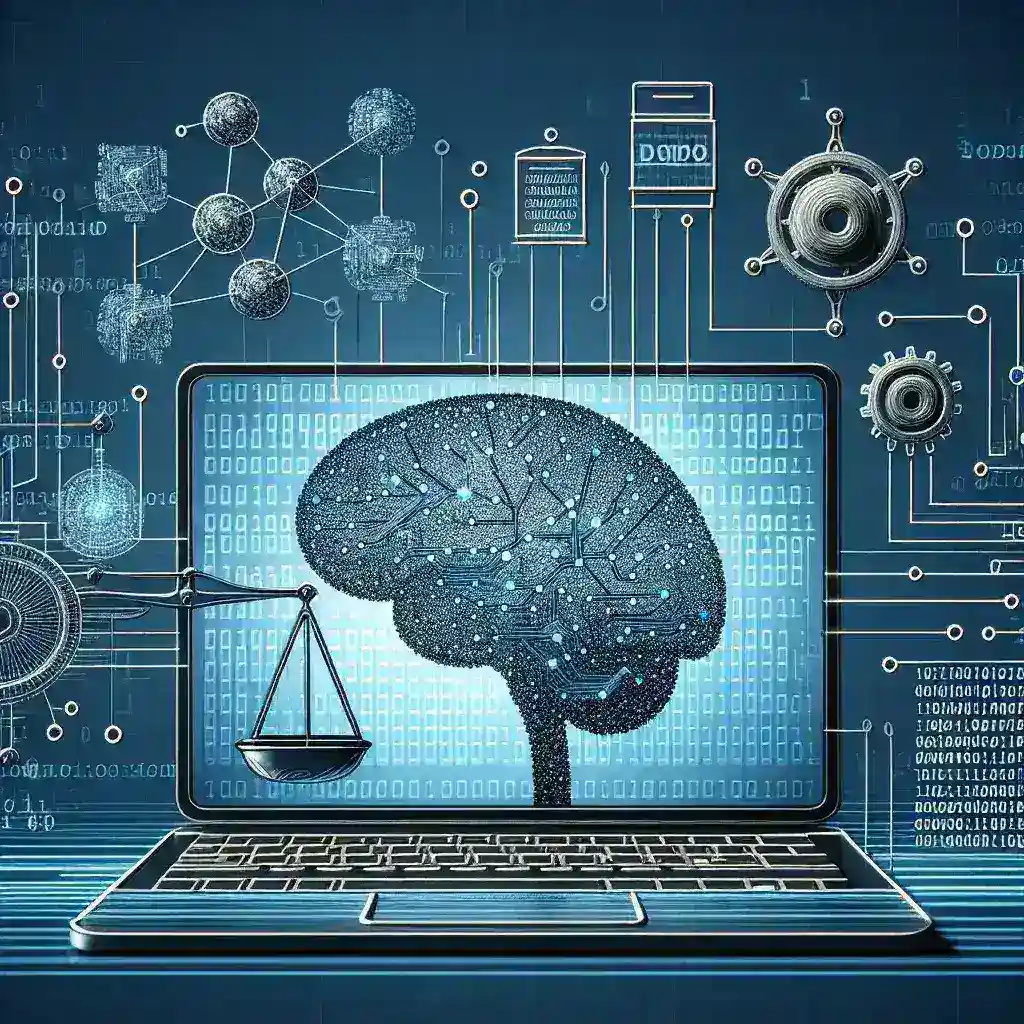Introduction
The U.S. Department of Homeland Security (DHS) is making significant strides in enhancing national security through the investment in artificial intelligence (AI) border surveillance projects. As the world faces increasingly complex security challenges, the utilization of AI technologies marks a transformative approach to border management and surveillance.
The Shift Towards AI in Border Security
Historically, border security has relied on traditional methods such as physical barriers, personnel patrols, and surveillance cameras. However, as technology evolves, the landscape of border enforcement is changing. The integration of AI into surveillance initiatives is not just a trend; it represents a fundamental shift in how governments perceive and address security concerns.
Why AI?
AI offers several advantages over conventional methods:
- Efficiency: AI systems can process vast amounts of data quickly, providing real-time analysis and decision-making capabilities.
- Predictive Analysis: Machine learning algorithms can identify patterns and predict potential security threats, allowing authorities to act proactively.
- Resource Allocation: With AI, resources can be allocated more effectively, ensuring that personnel and technology are deployed where they are needed most.
Current Projects and Initiatives
The DHS has launched various projects aimed at leveraging AI for border surveillance. Some of the notable initiatives include:
1. Automated Surveillance Systems
Automated surveillance systems powered by AI have been implemented at several border points. These systems utilize advanced algorithms to analyze video feeds and identify suspicious activities or behaviors. By reducing the need for constant human monitoring, these systems allow border agents to focus on more pressing security threats.
2. Unmanned Aerial Vehicles (UAVs)
The use of UAVs equipped with AI technology is revolutionizing border surveillance. These drones can cover vast areas quickly and gather data that would be impossible for ground personnel to monitor alone. AI algorithms analyze the data captured by UAVs in real-time, enabling rapid response to potential breaches.
3. Facial Recognition Technologies
Facial recognition technology is another area where AI is making significant inroads. At ports of entry, AI-driven facial recognition systems can verify identities against government databases, facilitating quick processing while enhancing security. This technology helps identify individuals on watch lists or with outstanding warrants.
Historical Context
Understanding the evolution of border security is essential to appreciate the current investments in AI technology. The post-9/11 era marked a significant transformation in U.S. border policies, emphasizing the need for enhanced security measures. Initially, this led to increased funding for physical barriers and personnel. However, as technology advanced, it became evident that a combination of human oversight and advanced technology was essential for effective border management.
Future Predictions
Looking ahead, the role of AI in border surveillance is expected to expand significantly. As machine learning algorithms continue to improve, we can anticipate:
- Increased Automation: More processes will be automated, reducing the workload on human agents and allowing them to focus on critical tasks.
- Enhanced Interoperability: AI systems will likely become more integrated, allowing different agencies to share information seamlessly and collaborate more effectively.
- Greater Public Acceptance: As AI technologies prove their effectiveness, public acceptance of their use in border security is expected to grow, although concerns about privacy and civil liberties will need to be addressed.
Challenges and Concerns
While the investment in AI border surveillance projects holds promise, it is not without challenges. Key issues include:
1. Privacy Concerns
The use of AI and surveillance technology raises significant privacy concerns. Citizens and advocacy groups worry about the potential for misuse of data and the erosion of civil liberties. Transparency and accountability will be crucial in assuaging these concerns.
2. Technological Limitations
AI is not infallible. Misidentification and false positives are critical issues that can lead to unjust consequences. Continuous refinement of algorithms and oversight is necessary to mitigate these risks.
3. Resource Allocation
Despite the potential benefits, the initial cost of implementing AI technologies can be substantial. Funding and resource allocation must be carefully managed to ensure that projects are sustainable in the long term.
Expert Opinions
Experts in the field of border security and technology have weighed in on the potential of AI. Dr. Emily Johnson, a prominent researcher in AI applications, states, “The integration of AI into border policing can enhance security measures, but it must be done with careful consideration of ethical implications and community impact.”
Conclusion
The U.S. Department of Homeland Security’s investment in AI border surveillance projects represents a forward-thinking approach to modern security challenges. While there are undeniable benefits, it is imperative to navigate the associated challenges thoughtfully. Balancing security needs with ethical considerations will be key to the successful implementation of AI technologies in border management.
Call to Action
As these developments unfold, it is crucial for citizens, policymakers, and technologists to engage in dialogue about the implications of AI in border security. Ensuring that investments in technology also reflect societal values will be essential for fostering trust and security in our communities.




